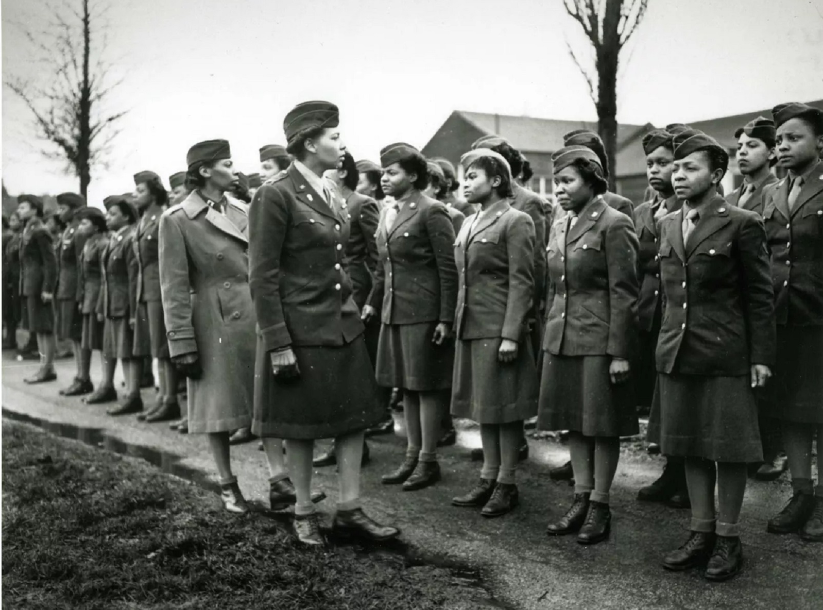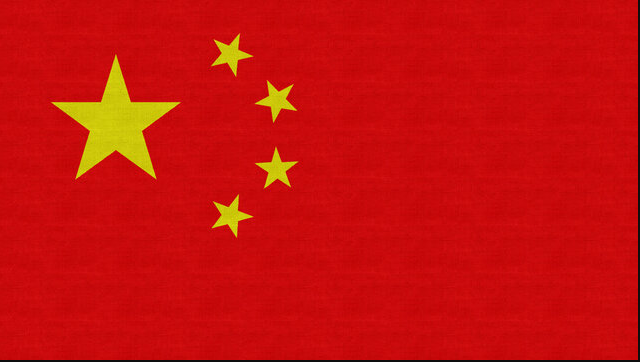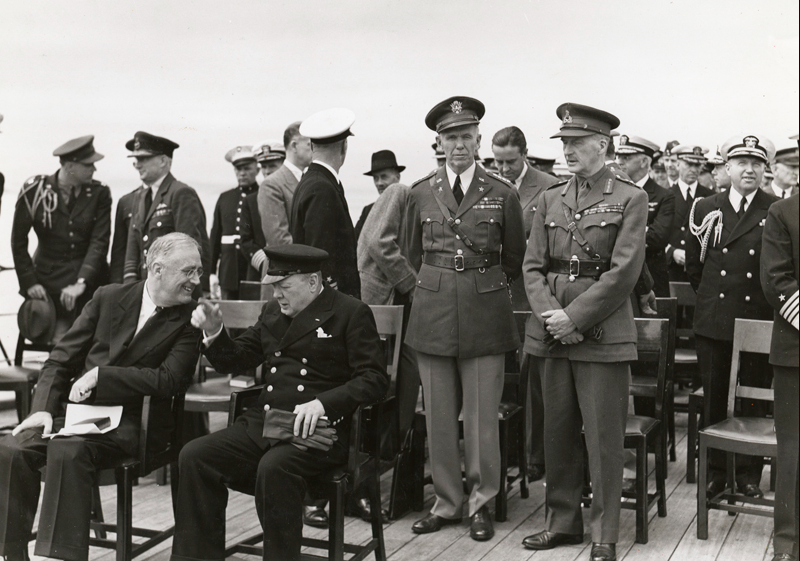Women at Arms: The Vital Part Of Women In World War Two Affairs.
The status quo was overturned by the war. World War II was no longer just a soldiers’ battle on the battlefield but became a global contest, with society in upheaval from every conceivable perspective and as many of its subject turned (at least temporarily) to image of chaos. One of the most important changes in this social chaos was women’s role in war effort.
As millions of men were sent off to fight—a whole generation would be at least touch the cause itself by these terrible wars—women took on jobs previously held by men and performed others that had never been done before with such high risk or involvement. Their role was crucial to the success of the Allies, and marked a turning point in women’s rights & gender relations. During this time they were no longer confined only to being mothers: women who worked hard even sometimes paid money for land could now find jobs such as serving in factories producing tanks, or working on ships in the shipyards.
American and British women also took over jobs as civil servants, bus drivers or police in city streets during wartime. In the states of war, these women were needed to help keep things moving even though most times they were were not paid for any of their work. Becoming indispensable members of Britain’s pre just war economy (those working in munitions were engaged in this in more ways than one) they also answered the call by putting out to sea new ships for our needed embattled merchant marine. They were praised, along with such refrain worker types as ‘Rosie the Riveter,’ for their resilience and ability to do physically demanding jobs. Famous images like s–Icons Close 3 SoE aW th Bawl
British women rolled up their sleeves too with the Women’s Voluntary Service (WVS) and Women’s Auxiliary Air Force (WAAF). British housewives moved into the factory’s role working in munitions factories, becoming air raid wardens, staffing anti-aircraft guns. This shift of ‘working removed’ was just what Allison Hobhouse once wrote a whole book about: it was vital to keep open the supply lines for Allied war huge machine.
Women at the Front and Behind the Lines In addition to their contributions on the home front, women played an active role in the military in various capacities. Although they were more likely to be found behind the lines, women filled important support roles. However in the Soviet Union, women went still further straight fighting: thousands served as snipers, pilots and tank commanders.
In the United States, the Women ’ s Army Corps ( WAC ) and the Women Airforce Service Pilots ( WASP ) were formed, enabling women to take – clerks, mechanics or aircraft delivery pilots transporting planes along dangerous routes across oceans. The WASPs were particularly important because although they did not actually engage in combat they flew non-combat missions such as testing new planes and taking them to military bases for use by male pilots in war.
In Britain, the Auxiliary Territorial Service (ATS) and the Women’s Royal Naval Service (WRNS) saw women in roles such as operating radar, manning anti-aircraft guns, and functioning as intelligence officers. Their presence in these positions freed up many more men for active service on the front line, thus making women part and parcel of the military operation essential.
Women in the Resistance As Axis forces occupied much of continental Europe, women formed a significant part of the resistance movement. In countries such as France, Poland and the Netherlands they were couriers, informants and saboteurs often running great risks to render valuable services for which their male comrades could never take credit. France has its own legends of courage in the face of danger; figures like British SOE agent Violette Szabo owe their fame not just to saving lives but also living bravely while facing death.
Women left behind in occupied territories smuggled weapons, helped downed Allied fliers escape and played a crucial part in setting up underground networks of resistance.
Reconstruction of the content
During World War II, women’s contributions had a profound and lasting effect on gender roles. Not only did a broader variety of jobs offer employment to many women, but initially, the realization that social systems which had never been within their reach before could now be disrupted changed their outlook on life. Nevertheless, after the war, a great number of women returned to traditional roles as wives or mothers despite their wartime experience. The result was that society’s perceptions of women’s Elle har change
Following the war, The aspirations for gender equality in future movements were laid. In the United States and Britain, for example, they began entering professions that had been closed to them before and unpaid work was recognized as productive labor. Their efforts thus contributed to the struggle for women’s rights including equal pay, entering professions previously reserved only for males.
Conclusion
Women played no small part in World War II. Whether working in factories, serving in the military, or belonging to underground resistance movements, they made indispensable contributions that helped determine the outcome of the war itself. Their participation in World War II brought about a sea change in societal attitudes toward gender and founded direct benefits for all women of the future concerning their rights status.









